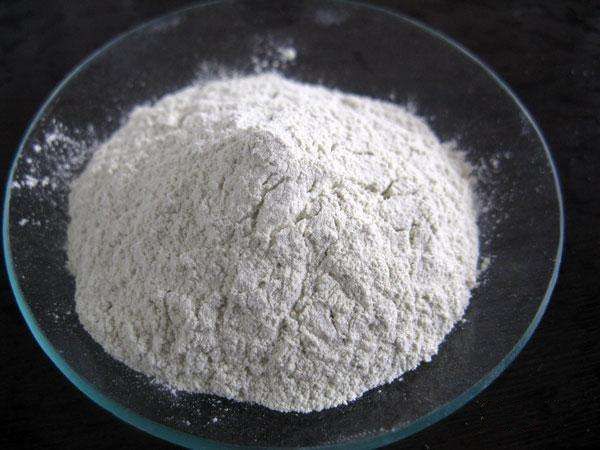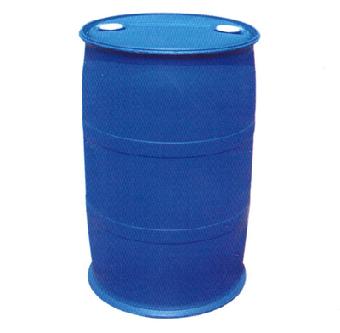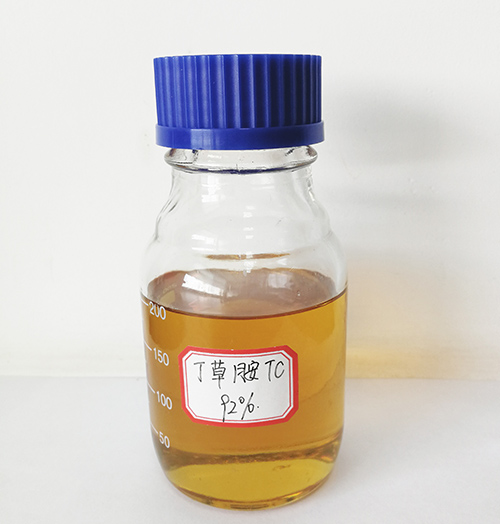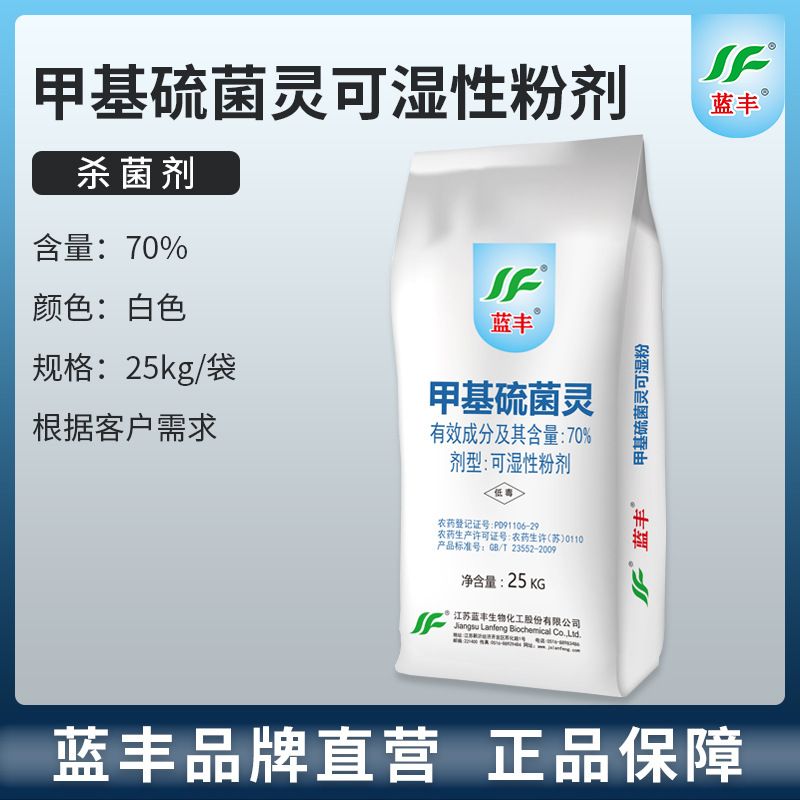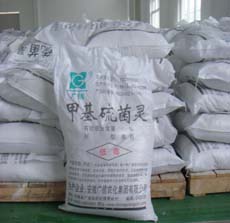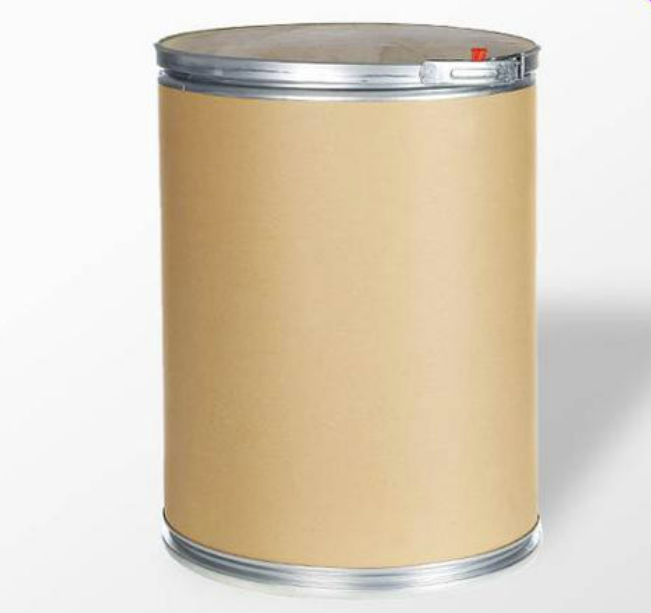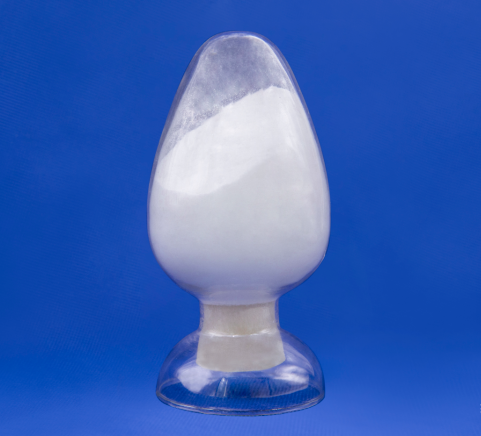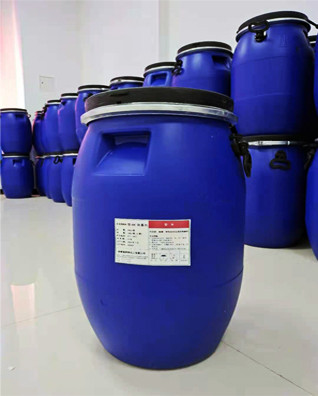CAS:2243-62-1
Molecular Formula:C10H10N2
Alias
More Information
1,5-Naphthalendiamine; Naphthalene-1,5-Diamine; 1,5-Naphthylenediamine; 1,5-Naphthalenediamine; 1,5-Naphthalenediamine,1,5-Dan; 1,5-Diamino-Naphthalene; 1,5-Diaminonaphthalene, For Fluorescence; Diaminonaphthalene
Brief Introduction
For organic synthesis
Suppliers
View More Vendors (2) >
Alias
More Information
N-(Butoxymethyl)-2-Chloro-N-(2,6-Diethylphenyl)-Acetamide; Butaclor; 2',6'-Diethyl-N-(N-Butoxymethyl)-2-Chloroacetanilide; 2-Chloro-N-(2,6-Diethylphenyl)-N-(Butoxymethyl)Acetamide; Machette; N-(Butoxymethyl)-2-Chloro-N-(2,6-Diethylphenyl)Acetamide; N-Butoxymethyl-2-Chloro-2’,6’-Diethylacetanilide; Pillarsete; N-(N-Butoxymethyl)-N-Chloroacetyl-2,6-Diethylaniline; Machete; N-(N-Butoxymethyl)-2',6'-Diethyl-2-Chloroacetanilide; Delchlor 5G; Hiltachlor; Bilchlor; Machete (Herbicide); Pillarset; Paragras; N-(Butoxymethyl)-α-Chloro-N(2,6-Diethylphenyl)Acetamide; N-(Butoxymethyl)-2-Chloro-2',6'-Diethylacetanilide; Rasayanchlor; Trapp; N-(Butoxymethyl)-2-Chloro-N-(2,6-Diethylphenyl)-Acetamid
Brief Introduction
Butachlor is a selective pre bud herbicide with amide absorption and conduction. The pure product is a light yellow oily liquid with a slight aromatic flavor. It is insoluble in water and soluble in many organic solvents. Its chemical properties are stable at room temperature, neutral and weak alkaline conditions. Under strong acid condition, it will accelerate its decomposition and can be degraded in soil. It is low toxic to human and livestock, irritating to skin and eyes, and high toxic to fish. It was mainly absorbed by the young buds of weeds, followed by the roots. After absorbing butachlor, plants can inhibit and destroy protease in vivo, affect the formation of protein, inhibit the normal growth and development of young buds and roots of weeds, and make weeds die.
Suppliers
View More Vendors (2) >
CAS:23564-05-8
Molecular Formula:C12H14N4O4S2
Alias
More Information
Dimethyl 4,4’-(O-Phenylene)Bis(3-Thioallophanate); Dimethyl N,N’-[1,2-Phenylenebis(Azanediylcarbonothioyl)]Dicarbamate; Dimethyl N,N’-[1,2-Phenylenebis(Iminocarbonothioyl)]Bis[Carbamate]; 1,2-Bis(3-Methoxycarbanyl-2-Thioureido) Benzene; 1,2-Bis(3-(Methoxycarbonyl)-2-Thioureido)Benzene; 1,2-Bis(Methoxycarbonylthioueido) Benzene
Brief Introduction
This product is a broad-spectrum fungicide, which is widely used in the prevention and control of various diseases of rice, cotton, wheat, rape and other crops
Suppliers
View More Vendors (2) >
CAS:2420-17-9
Molecular Formula:C9H8N2O3
Alias
More Information
4-Hydroxyphenyl Hydantoin; 5-(4-Hydroxy-Phenyl)-Imidazolidine-2,4-Dione; 5-(4'-Hydroxyphenyl)-Hydantoin; 5-(4-Hydroxy-Phenyl)-Imidazolidin-2,4-Dion; 5-(P-Hydroxyphenyl)Hydantoin; 2,4-Imidazolidinedione, 5-(4-Hydroxyphenyl)-; 5-(4-Hydroxyphenyl)-2,4-Imidazolidinedione; DL-Hydroxyl Phenyl Glycolycurea
Brief Introduction
It is used to synthesize p-hydroxyphenylglycine, so as to further prepare semi synthetic penicillin and cephalosporin.
Suppliers
View More Vendors (2) >
CAS:2444-46-4
Molecular Formula:C17H27NO3
Alias
More Information
Capsaicin (Synthesis)(=N-Pelargonylvanillylamide); Capsaicinsynthesispelargonylvanillylamide); N-(4-Hydroxy-3-Methoxy-Benzyl)Pelargonamide; N-(4-Hydroxy-3-Methoxybenzyl)Nonanamide; N-Vanillylnonanamide; N-[(4-Hydroxy-3-Methoxy-Phenyl)Methyl]Nonanamide; N-[94-Hydroxy-3-Methoxyphenyl)Methyl]Nonanamide; Nonoyl Vanillylamide; Nonylic Acid Vanillylamide (Nonivamide); Synthetic Capsaicin; Nonivamide Capsaicine; Pelargonic Acid Vanillylamide; N-[(4-Hydroxy-3-Methoxyphenyl)Methyl]Nonanamide
Brief Introduction
It is mainly used in the production of single or compound ointment and other preparations. It is widely used in the treatment of arthritis, muscle pain, back pain, sports sprain and postherpetic neuralgia. The non-toxic biological antifouling paint made of capsaicin as the active ingredient to prevent the adhesion of marine organisms is widely used in marine ships to prevent the adhesion of marine organisms and ensure the normal navigation of ships in the sea. At the same time, it can be widely used in coastal thermal power plants, nuclear power plants and other equipment that need to use a lot of seawater for heat exchange to prevent marine organisms from blocking the water inlet pipe. Capsaicin, as an insect repellent, has been used as a functional plastic granule and coating to prevent termites and mice, which is used in cable, underground buildings and civil furniture manufacturing industry.
Suppliers
View More Vendors (2) >
Inquiry (
10
/ 10
)
Clear All
Sign In
Error!

